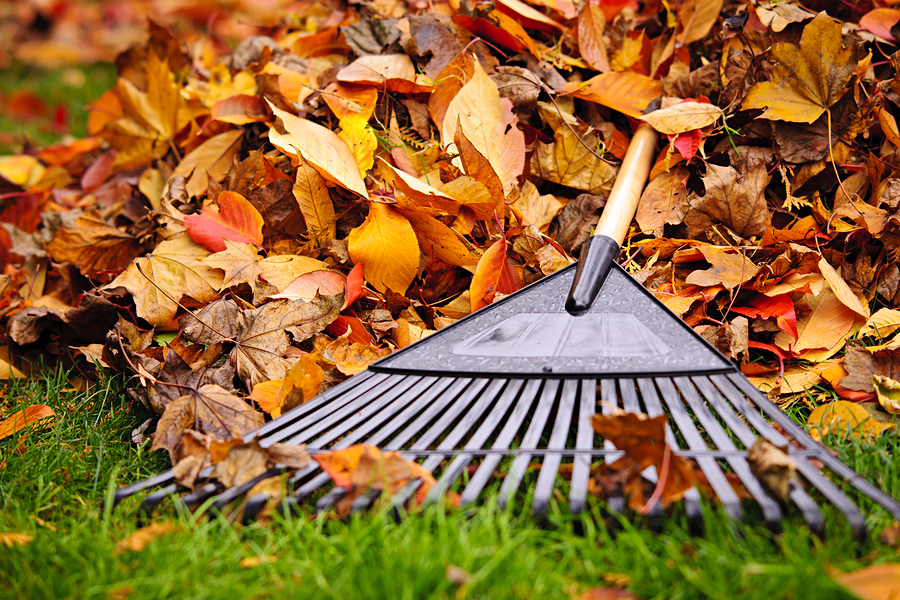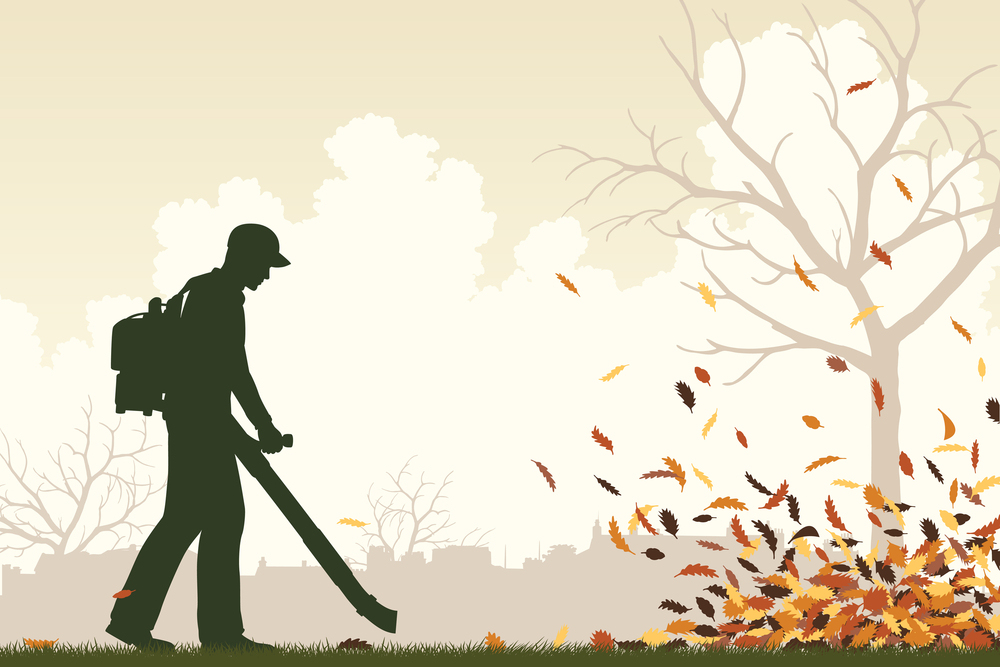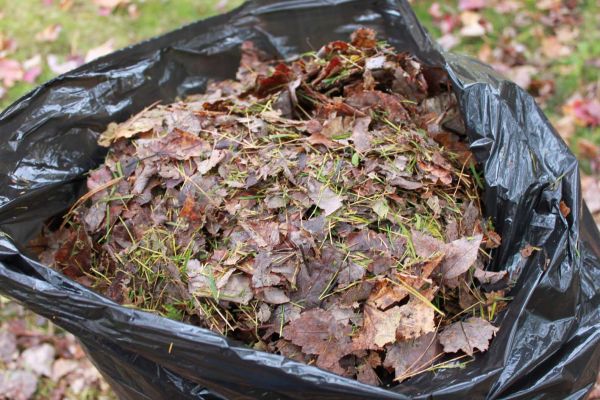Top tips for clearing up autumn leaves
Autumn has definitely arrived despite the mild weather, and the leaves are rapidly changing from the luscious shades of green, to a combination of fiery reds, oranges and yellows.
Autumn leaves start out beautiful, but eventually they fall and become a bit of a mess on the lawn. Leaf clearing-up is not a chore most gardeners look forward to. Just as you gather them together in a nice big pile, the wind whips up and scatters them once again! Some gardeners wonder if it is even necessary to rake leaves. Won’t the leaves just compost naturally on the lawn?
Yes they will. If you only have a few leaves, you may be better off letting them blow off into the bushes, turning into mulch and fertiliser. Or you might want to run the lawn mower over them and let them feed the lawn. But if you have substantial leaves, so many that you can’t see the lawn underneath, the leaves will smother and kill the grass long before they turn into fertiliser.
If that is the case, one way or another, you are going to have to collect the leaves from your lawn and there really aren’t that many options. Always try to clean up leaves on a dry day. Leaves are more easily picked up when they are crispy rather than soggy.
Leaf Raking Options:
Gather them up with your lawn mower
This is especially effective with ride on lawn mowers, and non-hover lawn mowers. If you have a larger property, mature trees or a bad back, this will make your life much easier. As with most mechanical leaf clean-up, the leaves will need to be dry or you will clog the mower and the bags.
Use a Hand Held Leaf Blower/Vacuum
These have become very popular lately, but they do take a bit of getting used to. They are loud, so it is advisable to wear ear protection. The are also quite heavy, so it is always a good idea to strap them to you body to minimise the strain on your back. There is definitely an art to blowing leaves! It is very easy just to reposition leaves, rather than blow them into big piles for collection! Simply blow the leaves into a corner keeping the blowing attachment close to the ground. This skill is acquired with a bit of practice! When used effectively, the blower/vacs do a great job of shredding dry leaves and they make quick work of clearing driveways and paths. Wet leaves are much harder to work with.
Raking
This is a more physically demanding way to collect fallen leaves, but it is efficient and there are few feelings of such total satisfaction as when you’ve finished raking your garden with a lot of exercise! Today there are many more options when choosing a lawn rake.
♦ Ergonomic rakes, the type with the bent handle, are much easier on the back, once you learn to let the rake do the work.
♦ Foam cushioned handles help prevent blisters and wrist and hand injuries.
♦ Wider rakes cut down on actually raking time.
♦ Expanding rakes allow you to use the widest bow to rake the lawn and narrow the bow when you need to get between bushes or structures.
They’ve even developed ‘clog-free’ rakes!
What to Do With All Those Leaves
Whatever method of leaf clearing-up you choose, you then need to decide if you will utilise the dead leaves, or if you will burn them in a bonfire, or if you will send them away for recycle with your garden waste. But think of autumn leaves as garden gold. Leaf mold, or semi-rotting leaves are high in nutrients and adds substantial organic matter to your soil. You can create leaf mold very easily by simply piling all your leaves and putting them in a compost area, and letting them sit for a year or so. The bottom of the pile will begin decomposing first and can be used as a soil amendment or mulch.
Shredded leaves can also be used as a mulch. The leaves must be dry to shred, but moisten them immediately after mulching or the wind will carry them all back onto your lawn. Don’t use unshredded leaves. Unshredded leaves will mat together and form a dense layer that won’t allow water to pass through.
Both shredded and unshredded leaves can be used as the ‘brown’ component in your active compost pile. Dry leaves piled alone will eventually decompose into leaf mold, which is a type of compost. But combining dry leaves with green garden waste will result in an actively decomposing pile and will speed up the process.
What method of leaf clearing-up do you use?
Latest posts by Sally - Silversurfer's Editor (see all)
- 10 Money saving tips for gardeners - April 21, 2024
- Should smacking a child be banned in England and Northern Ireland? - April 17, 2024
- Enjoy the best of the UK on a Shearings coach holiday - April 17, 2024
- Blueberry & Lemon Curd Bread and Butter Pudding - April 16, 2024
- Navigating the World with What3Words: A Lifeline for Older Generations - April 15, 2024























